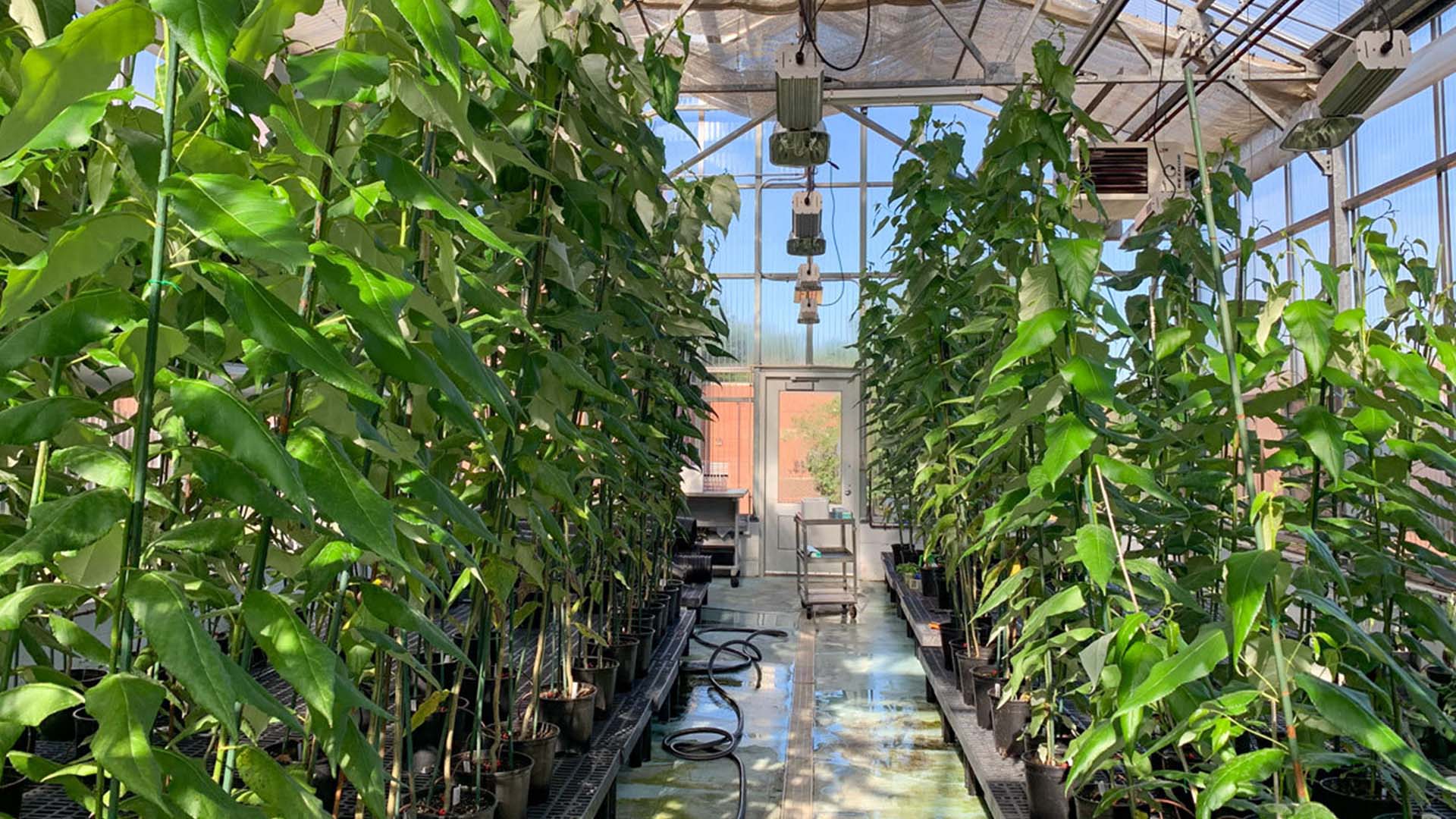A recent study shows that scientists have used CRISPR gene-editing to create more sustainable wood. The technology lower paper-making pollution while saving the industry billions of dollars.
In theory, paper products are very environmentally friendly as they’re recyclable, renewable, and biodegradable. But separating their main ingredient, cellulose fibers, from other parts of the tree including a stiff woody material called lignin causes a negative environmental impact. This is largely why paper mills produce millions of tons of chemical waste and more than 150 million tons of greenhouse gas emissions each year.

Scientist Daniel Sulis, biotechnologists at North Carolina State University (NC State), and a dozen colleagues have used CRISPR editing to design wood where lignin (which must be cleaved and dissolved for fiber production to occur) is more suitable for fiber production. The research was recently published in the journal Science.
“The ability to isolate fibers from wood is largely determined by the content and composition of lignin, a biopolymer recalcitrant to chemical and enzymatic degradation,” said a press release on the study.
Although more than five decades of research have investigated the individual components of lignin biosynthesis, the studies have largely focused on the modification of single genes or gene families. This new research, however, shows that strategic multiplex CRISPR editing of monolignol biosynthesis genes can improve wood properties beyond what can be achieved through the editing of single genes or gene families.
Utilizing this approach, the authors of the study generated genetically-modified wood composition in species of poplar tree. Poplar trees, a fast-growing tree common among plantations, are a popular source for paper production.
The team built a computer model, based on decades of forest biotechnology studies, to predict how simultaneously changing poplar genes related to lignin production may impact the trees’ growth rate, wood composition, and other factors. After evaluating approximately 70,000 gene-editing compositions, the team determined that 99.5% of the changes would be detrimental, causing effects such as drooping stems and limbs. Their research showed that 347 combinations, however, would safely boost cellulose production, reduce lignin, or both.
The North Carolina State team used CRISPR to make the gene changes associated with 174 of the most promising combinations and grew the genetically modified trees in a greenhouse. Six months later, the most promising specimens had their lignin content reduced by 49.1% and their cellulose-to-lignin content increased by 228%.

In addition to allowing the process to become more efficient, genetically engineering trees to have less lignin could result in paper production with less pollution. The researchers report that, if a typical paper mill used its genetically altered varieties, it could increase its paper output by 40%, cut its greenhouse gas emissions by 20%, and boost its lifetime profits by about $1 billion.
“The edited wood alleviates a major fiber-production bottleneck … and could bring unprecedented operational efficiencies, bioeconomic opportunities, and environmental benefits,” said the study’s authors in their paper.
Prior to adopting the approach worldwide, however, researchers will need to conduct field trials to determine whether the modified trees can grow to maturity and withstand environmental factors. Lignin helps trees withstand environmental issues such as windstorms and protects them from insects, so scientists will need to run more trials outside of the contained greenhouse facilities.
“This is impactful work,” says Vânia Zuin Zeidler, a chemist at the Leuphana University of Lüneburg who wrote a companion piece in Science describing the result’s significance. “Rather than remediate an existing problem, they are trying to prevent pollution.”







